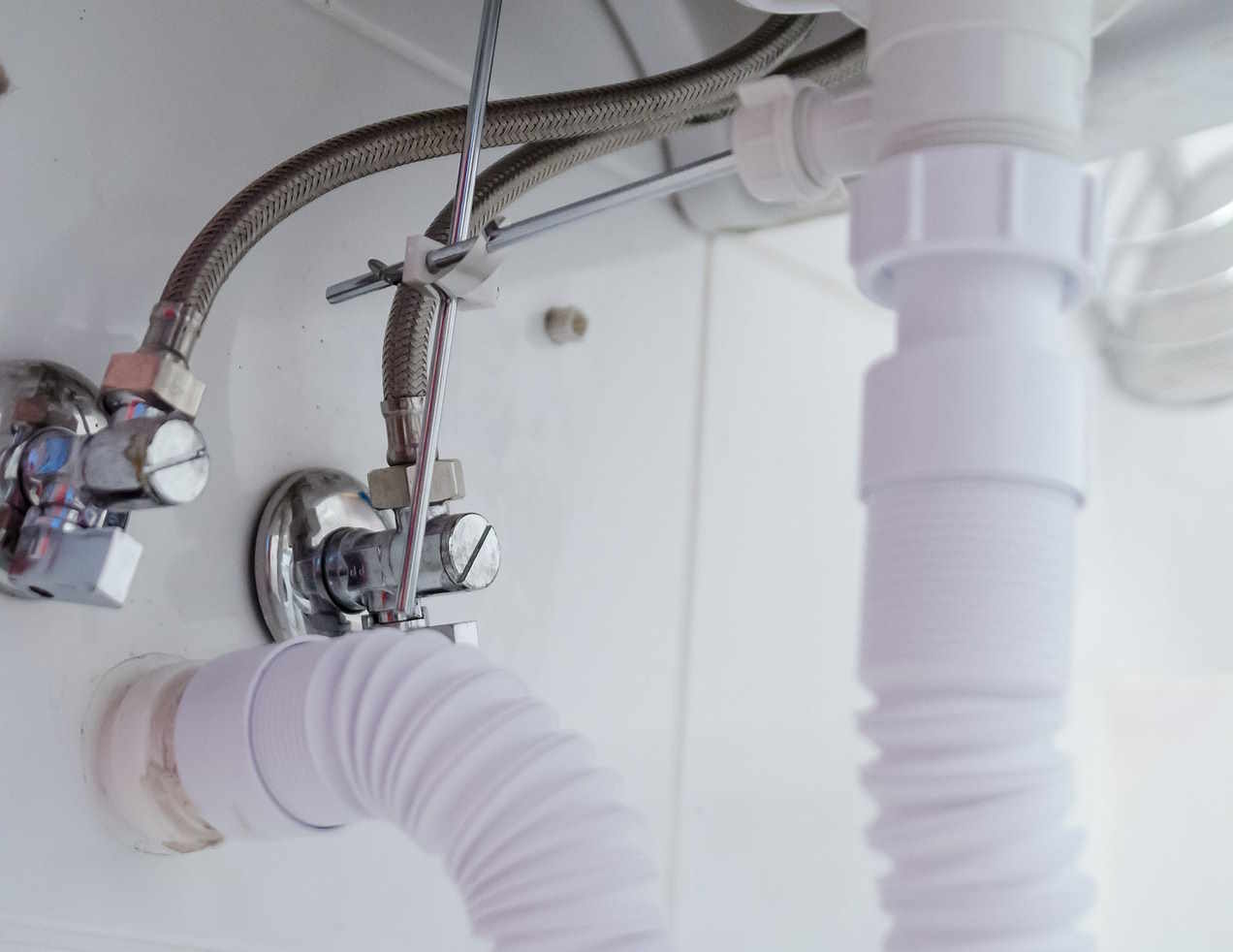Water Filtration Systems for the Home: How They Work and What to Know
Clean water is an essential part of any home’s comfort and safety, and water filtration systems are one of the main ways households control taste, odor, and many common contaminants. Understanding how different systems work, how they interact with plumbing and pipes, and what routine maintenance looks like helps homeowners choose an approach that matches their needs and local water quality.

This article is for informational purposes only and should not be considered medical advice. Please consult a qualified healthcare professional for personalized guidance and treatment.
What is a water conditioner?
A water conditioner is often described as a device that reduces scale buildup and alters mineral behavior rather than removing dissolved contaminants. Unlike traditional softeners that use ion exchange to replace calcium and magnesium with sodium or potassium, some conditioners use physical or catalytic media to prevent scale formation on fixtures and inside pipes. Conditioning can benefit appliances and reduce the frequency of plumbing maintenance, but it is not a replacement for filters designed to remove particles, microbes, or chemical contaminants.
How does water treatment work in the home?
Water treatment in a home typically combines several technologies to address different issues. Sediment filters remove sand and rust; activated carbon reduces chlorine, some organic compounds, and improves taste and odor; reverse osmosis systems provide finer filtration that can lower dissolved solids; and ultraviolet (UV) systems target bacteria and viruses when necessary. Selection should match the water source—municipal supplies often need taste and chlorine control, while private wells may require testing for bacteria, nitrates, or metals before deciding on a system.
How do filtration systems affect pipes and plumbing?
Filtration and conditioning systems interact with plumbing in a few predictable ways. Removing sediment prolongs valve and faucet life and can improve flow, while reducing scale helps maintain pipe diameter and heat-exchanger efficiency. However, some systems can cause minor pressure drops, especially high-restriction RO units or poorly matched whole-house filters. Installation may require additional plumbing fittings, bypass valves, and space for tanks or cartridges. For any significant change to plumbing, a licensed plumber should confirm compatibility with existing pipes and local codes.
Choosing the right water filtration for your home
Choosing a system begins with a water test to identify contaminants and hardness. Consider the point of use versus whole-house approach: under-sink or countertop filters treat drinking water, while whole-house systems protect every tap and appliance. Evaluate flow rate, filter lifespan, maintenance frequency, and certified performance standards (for example, NSF/ANSI certificates relevant to the contaminants you wish to reduce). Factor in installation complexity—some homeowners handle cartridge swaps easily, while whole-house installations usually require professional plumbing support and periodic inspections.
Maintenance and lifespan of home water systems
Maintenance needs vary by system type. Cartridge sediment and carbon filters commonly require replacement every 3–12 months depending on usage and water quality. Reverse osmosis membranes and specialized cartridges typically last 2–5 years with proper prefiltration. Whole-house systems and conditioning media can have service intervals measured in years, and some components—like pressure tanks or pumps—may have separate replacement timelines. Regular inspections, keeping spare cartridges on hand, and monitoring pressure and water taste are practical ways to avoid sudden failures.
Homes with well water or older plumbing may need more frequent checks; for example, sudden discoloration, a drop in pressure, or a change in taste can indicate a clogged filter or an issue in the pipes or plumbing that requires attention.
Installation, local services, and plumbing considerations
Installing a filtration or conditioning system often intersects with local services and plumbing requirements. Simple point-of-use filters may be DIY-friendly, but whole-house systems typically benefit from professional installation to ensure correct connections to the main line, proper backflow prevention, and adherence to local codes. When selecting a contractor or plumber in your area, look for licensed professionals with experience in water treatment installations and ask for references or examples of similar work. Keep documentation of service schedules and parts used to facilitate future maintenance.
Conclusion
Water filtration and conditioning are practical tools for managing household water quality, protecting plumbing and appliances, and improving drinking water characteristics. Choosing the right approach depends on an accurate water test, clarity about which contaminants or issues you want to address, and realistic expectations about maintenance and installation. Thoughtful selection and routine upkeep can help keep water flowing clearly and reliably throughout the home.






